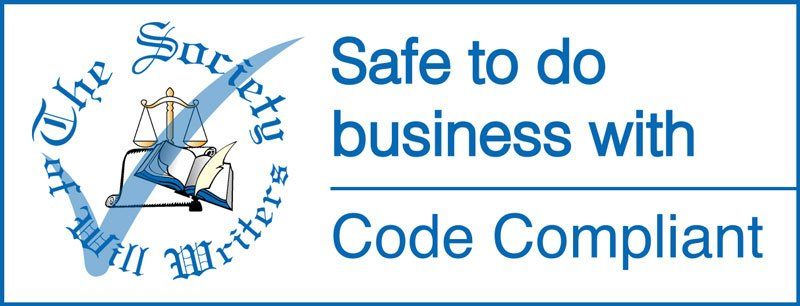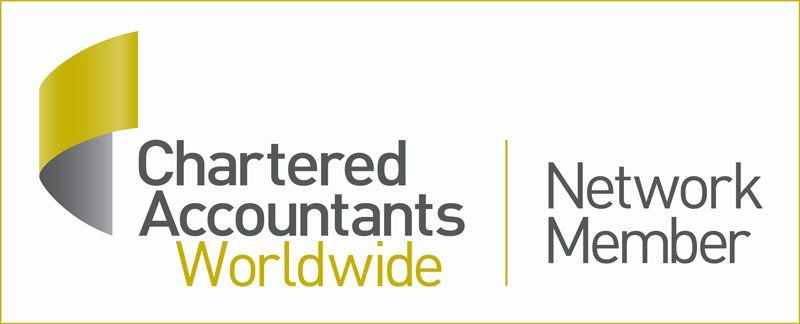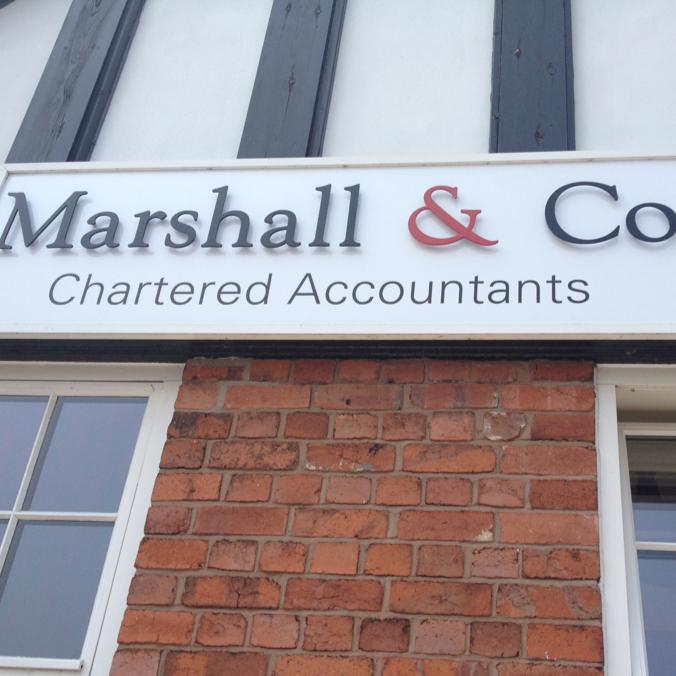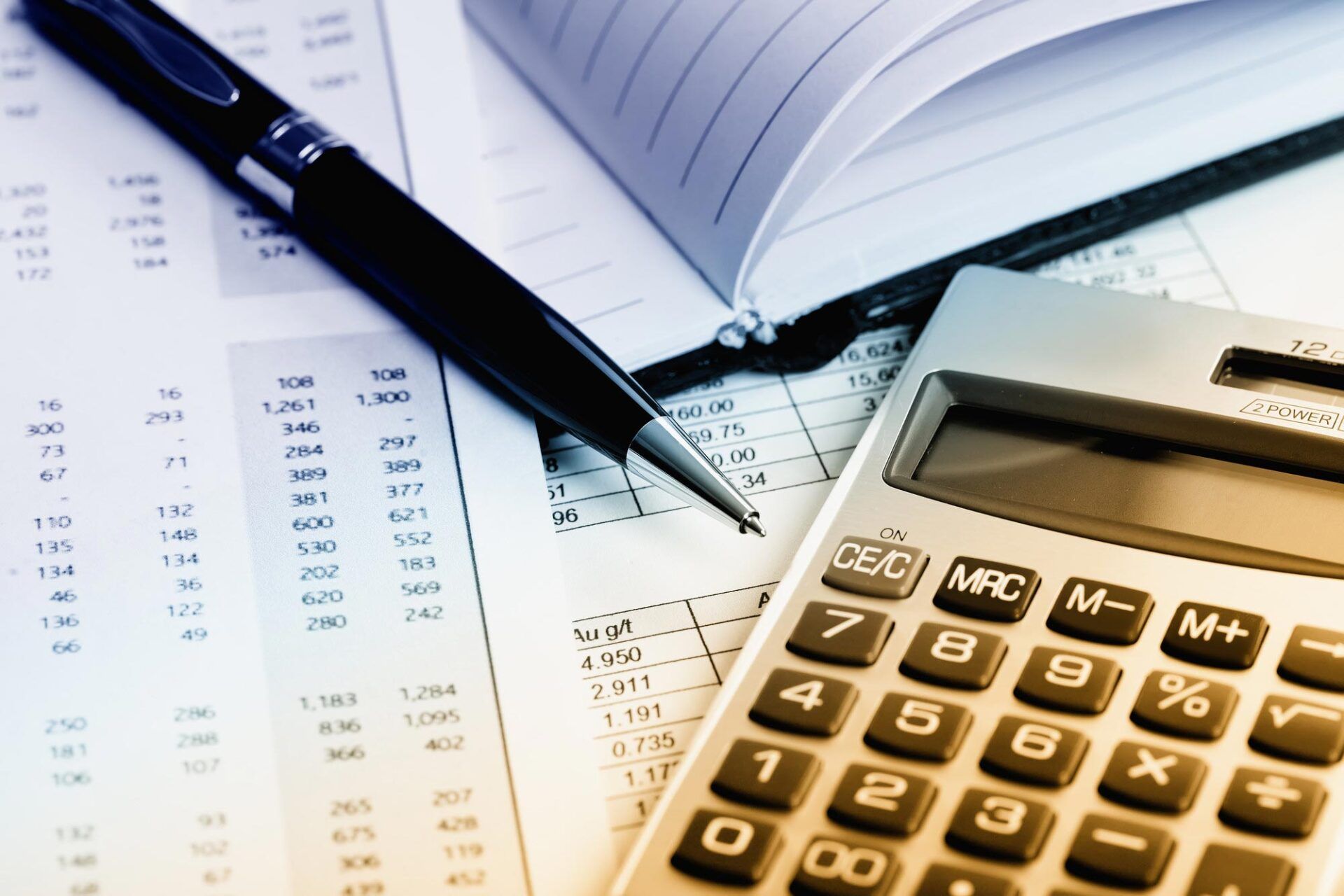A Short Guide to Understanding What Your Tax Code Means
Every person who is employed or receives income through Pay As You Earn (PAYE) will have a tax code. The purpose of your tax code is to show you what your personal allowance is (aka the amount of money you can receive without having to pay tax on it) and the rate of tax you will pay on any earnings over this limit.
This code is composed of numbers and letters and it is important that you understand what these mean to ensure that you are not paying more or less tax than you should be.
We’ve broken these down for you below to better understand what they mean.
Tax Code Numbers
The start of your tax code will comprise a set of numbers, or rather what should be seen as a single number. This number reflects the amount of tax-free income you receive, which is your personal allowance.
Currently, the standard personal allowance sits at £12,570. This means that if you earn £12,570 or less, then you will not pay tax. You will, however, have to pay tax on any income you earn over this amount - for example, if you earn £20,000, then you will pay tax on £7,430 of your income, as this is the amount of taxable income between your personal allowance and your annual earnings.
Tax Code Letters
At the end of your tax code there will be a letter, which signifies how your employment situation reflects your personal allowance and at what rate you pay tax.
Here are the letters you may find on your tax code and their corresponding meaning:
● L - You’re entitled to the standard personal allowance.
● M - You’ve received 10% of your partner’s personal allowance.
● N - You’ve transferred 10% of your personal allowance to your partner.
● T - Other calculations have been included to work out your personal allowance.
● 0T - Your employer does not have the details they need to give you a tax code.
● BR - All your income is taxed at the basic rate.
● D0 - All your income is taxed at the higher rate.
● D1 - All your income is taxed at the additional rate.
Most people with a single job will have ‘L’ at the end of their tax code. If you work a second job that is self-employed, then you will need to submit a self assessment tax return to HMRC, so that they can determine how much tax you will need to pay overall - in this case you are likely to have one of the latter three tax codes. It is important that you submit this tax return to avoid a tax investigation from underpaying your tax.
The letters ‘M’ and ‘N’ are relevant to those who benefit from marriage allowance, which can also apply to those in a civil partnership.
If you notice that your tax code ends in ‘0T’, then you could be paying more tax than necessary. It could be that your employer does not have a copy of your P45 or had enough information from you to complete a starter checklist, in which case you should rectify this as soon as possible.
Marshall Accountancy
If you need help regarding your personal taxes, Marshall Accountancy is at your services. Whether you need tax return assistance or advice regarding a tax dispute, our friendly and expert accountants will be able to help.
Contact us today for more information.
Contact
Call
01270 882 300
St Mary's House, Crewe Rd, Alsager, Stoke-On-Trent ST7 2EW
Accreditations
 ICAEW CHARTERED ACCOUNTANTSWrite your caption hereButton
ICAEW CHARTERED ACCOUNTANTSWrite your caption hereButton ICAEW ACCREDITED FOR PROBATEWrite your caption hereButton
ICAEW ACCREDITED FOR PROBATEWrite your caption hereButton Write your caption hereButton
Write your caption hereButton Write your caption hereButton
Write your caption hereButton Write your caption hereButton
Write your caption hereButton
Established in 1993, Marshall & Co is a trading name of Emma E Marshall-Birks and Marshall Accountancy Ltd, company number 9425767, registered in England and Wales and whose registered office address is St Mary’s House, Crewe Road, Alsager, Stoke-on-Trent, Staffordshire ST7 2EW.
A Member of the ICAEW Practice Assurance Scheme. Registered to carry out audit work in the UK & Ireland and authorised to carry out the reserved legal activity of non-contentious probate in England and Wales by the Institute of Chartered Accountants in England and Wales. Principal and Director: Emma Elizabeth Marshall-Birks BA (Accounting & Law) MBA FCA BFP


